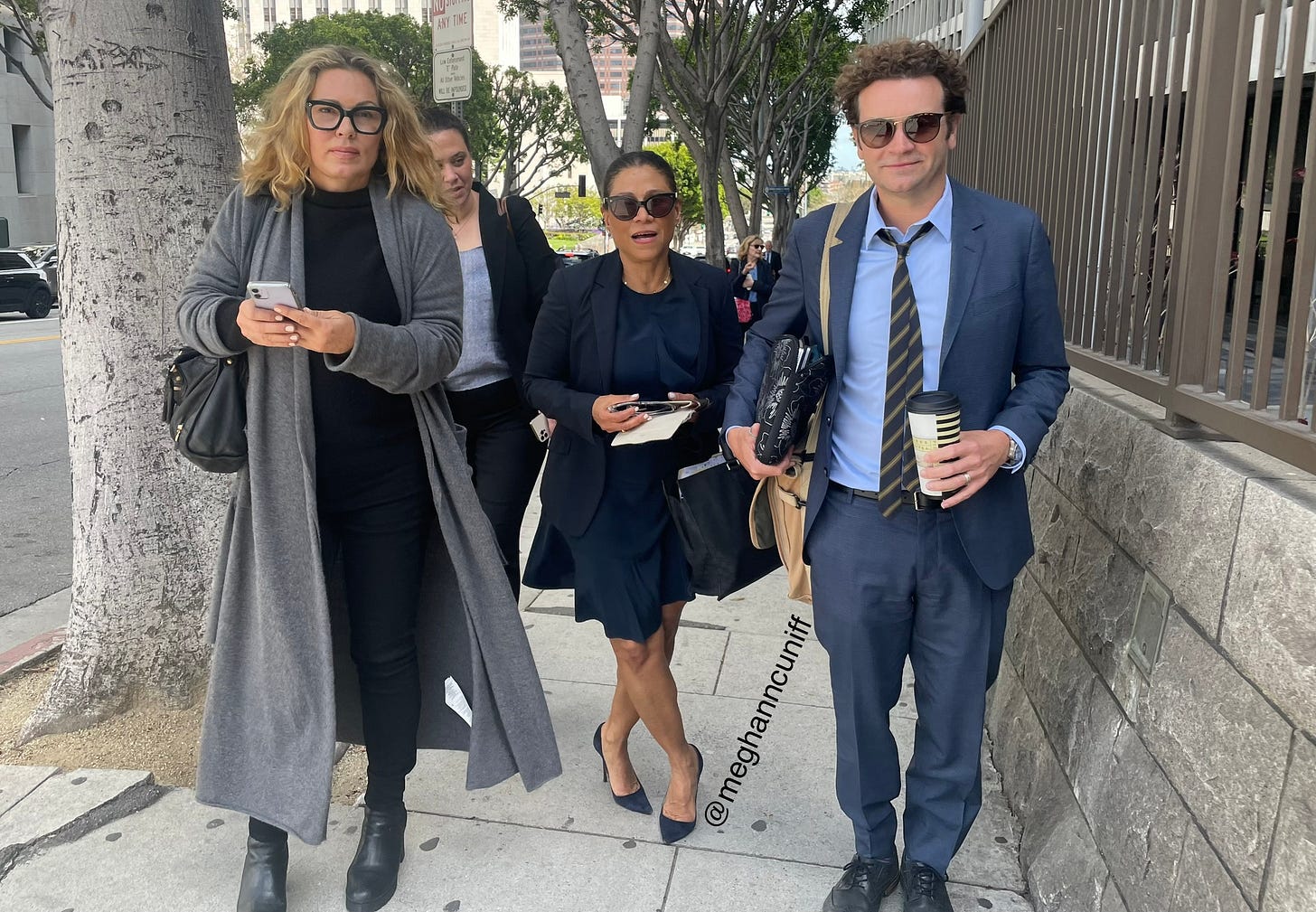Ex-Scientologist's 'brouhaha' with priest leads to jury restrictions in Danny Masterson's retrial
Attorneys also are being allowed to question witnesses about members of the public gallery amid claims that a Church of Scientology lawyer was staring down a witness.

A former Church of Scientology …


